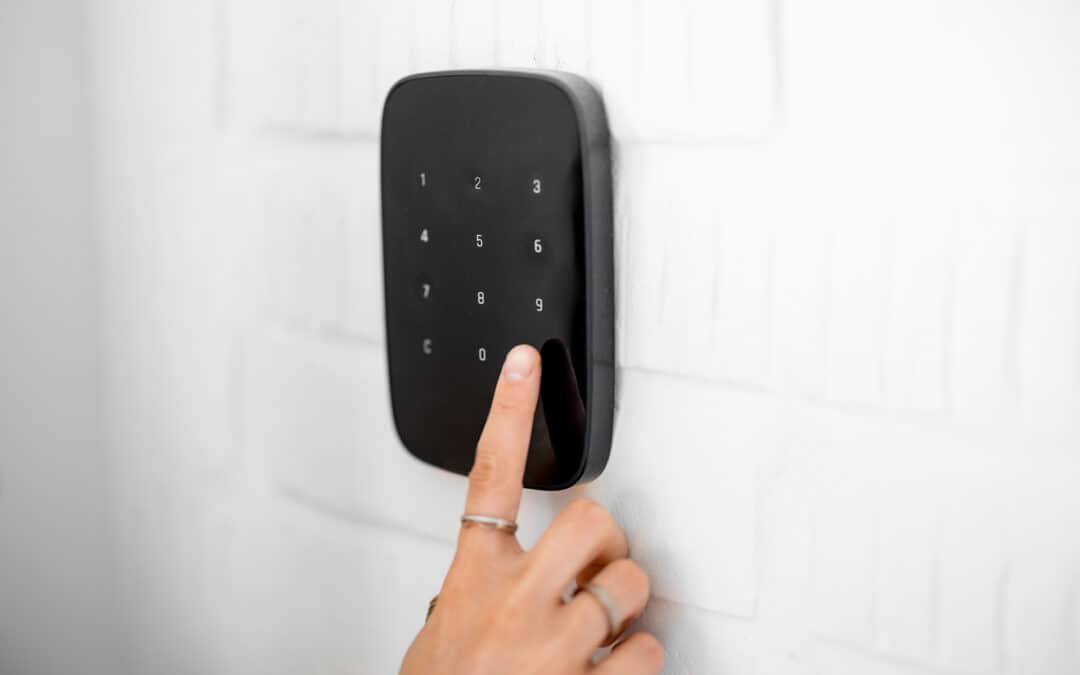Just as there are top common passwords, there is also a top common PINs list. Similarly to passwords, people usually aren’t as good at being unique as they think they are. And some people don’t even try.
David Harley initially discussed a data set of common PINs compiled by Daniel Amitay in a Virus Bulletin article called Hearing a PIN drop. Let’s jump into it.
Table of Contents
Top 10 Common PINs
If you use one of these PINs, you need to change it immediately. Here are the top 10:
- 1234 (8884 occurrences)
- 0000 (5246 occurrences)
- 2580 (4753 occurrences)
- 1111 (3262 occurrences)
- 5555 (1774 occurrences)
- 5683 (1425 occurrences)
- 0852 (1221 occurrences)
- 2222 (1139 occurrences)
- 1212 (944 occurrences)
- 1998 (882 occurrences)
Do any of these PINs surprise you? You can see examples of:
- Keyboard patterns
- Identical digits
- Simple patterns
- Significant years
- Dates
- House numbers
Standard Keyboard and Keypad Layouts
If some patterns don’t make sense, consider what a keyboard layout looks like on a phone or standard lock keypad.
| 1 (VM) | 2 (abc) | 3 (def) |
| 4 (ghi) | 5 (jkl) | 6 (mno) |
| 7 (pqrs) | 8 (tuv) | 9 (wxyz) |
| * | 0 (Space) | # |
Now, let’s look at what a standard numpad on a keyboard looks like.
| 7 Home | 8 ↑ | 9 PgUp |
| 4 ← | 5 | 6 → |
| 1 End | 2 ↓ | 3 PgDn |
| 0 Ins | 0 (cont) Ins (cont) | . Del |
Starting to make sense, right? Let’s also consider the standard numrow above the letters on a keyboard.
| 1 ! | 2 @ | 3 # | 4 $ | 5 % | 6 ^ | 7 & | 8 * | 9 ( | 0 ) |
What PINs Are Mostly Used For
PINs are mainly used for:
- Debit card or chip and PIN credit card purchases.
- ATM sign-in and withdrawals.
- Digital locks, including doors and safes.
- Phone unlock or log in.
- Voicemail login from a cellphone or office phone through direct dial.
- Computer login shortcuts (Windows 10 option, for example).
- Game console logins from a controller.
- Bank or financial service authorization.
- Other support authorizations.
How to Choose a More Secure PIN
If you want a more secure PIN, you should avoid being as predictable as possible. Here’s what to avoid in choosing PINs:
- Avoid obvious keyboard patterns.
- Avoid standard column usage:
- First – 1470.
- Middle 2580, 0852.
- Third – 3690.
- Avoid any linear sequences in either direction – 1234, 4321.
- Avoid any single character repeated – 0000, 1111, 2222.
- Avoid short sequences repeated – 1212.
- Avoid standard column usage:
- Don’t use dates that are publicly available on social media.
- Don’t choose famous mathematical sequences.
- Pi – 3141 (3142 rounded up).
- Fibonacci – 0112.
- Avoid number to letter mapping that’s obvious – 6453 for Mike if your name is Mike.
Be sure to use a longer pin where possible – 5 or 6 characters (or more).
Ways to Remember Your PIN
Here are a few ways to keep your PIN fresh in your mind:
- Learning by rote (memorization through repetition).
- Remembering by visualizing the keypad patterning.
- Code re-use of either a non-existent PIN or pairing of unrelated unimportant accounts.
- Code with personal meaning, as long as it doesn’t produce an easy to guess pattern.
- Numbers paired with letters to prevent easily identifiable PINs.
- Code concealed in a phone number.
Other methods that don’t require recalling your PIN:
- Code written down and kept separately from the device.
- Code stored in the mobile phone through a notes app or vault.
- Code written down and kept in proximity, but not visible.
- Code written down but rearranged.
- Similarly to the last point, code notated as a transformation of the code.
Sources
The common PIN list was from a Virus Bulletin article called Hearing a PIN Drop compiled by Daniel Amitay.
If you want to read up on strategies you can use to choose and memorize PINs, look at PIN Holes: Passcode Selection Strategies by David Harley.

